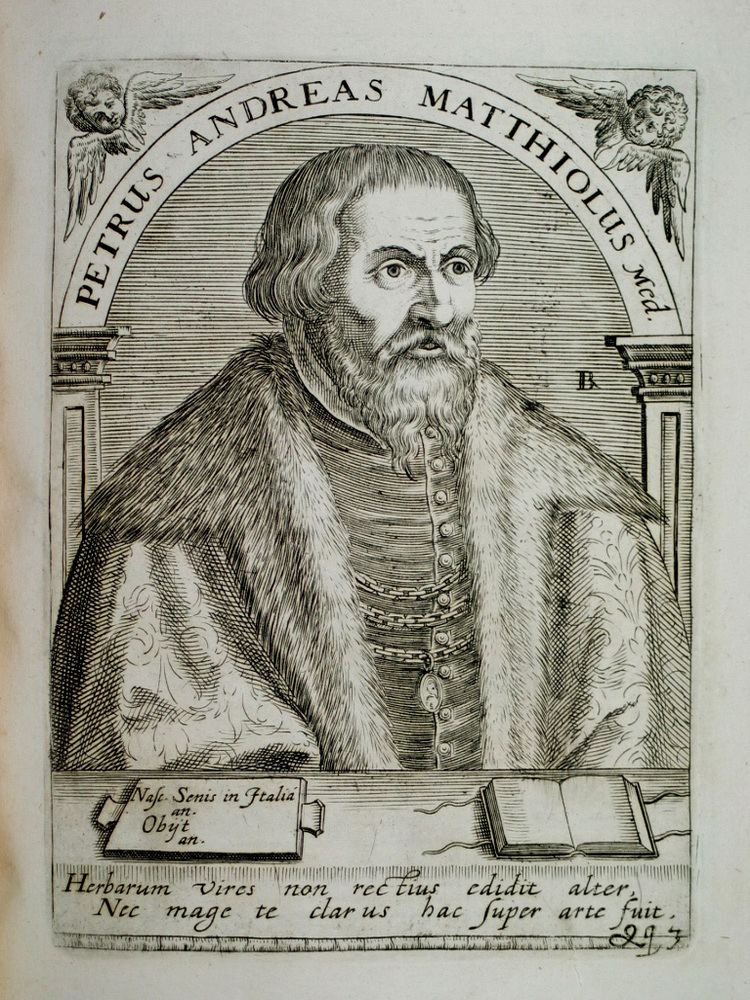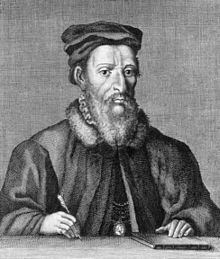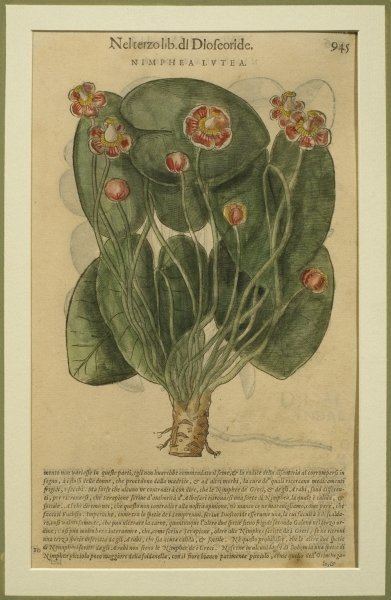Author abbrev. (botany) | Role Doctor Name Pietro Mattioli | |
 | ||
I discorsi di pietro andrea mattioli aboca museum
Pietro Andrea Gregorio Mattioli (Matthiolus) ([ˈpjɛːtro anˈdrɛːa ɡreˈɡɔːrjo matˈtjɔːli]; 12 March 1501 – 1577) was a doctor and naturalist born in Siena.
Contents
- I discorsi di pietro andrea mattioli aboca museum
- Matthiola flowers HD1080p
- Biography
- Legacy
- Works
- References

Matthiola flowers (HD1080p)
Biography

He received his MD at the University of Padua in 1523, and subsequently practiced the profession in Siena, Rome, Trento and Gorizia, becoming personal physician of Ferdinand II, Archduke of Further Austria in Prague and Ambras Castle, and of Maximilian II, Holy Roman Emperor in Vienna.

Mattioli described the first case of cat allergy. His patient was so sensitive to cats that if he was sent into a room with a cat he reacted with agitation, sweating and pallor.

A careful student of botany, he described 100 new plants and coordinated the medical botany of his time in his Discorsi ("Commentaries") on the Materia Medica of Dioscorides. The first edition of Mattioli's work appeared in 1544 in Italian. There were several later editions in Italian and translations into Latin (Venice, 1554), French (Lyon, 1561), Czech, (Prague, 1562), and German (Prague, 1563).

In addition to identifying the plants originally described by Dioscorides, Mattioli added descriptions of some plants not in Dioscorides and not of any known medical use, thus marking a transition from to the study of plants as a field of medicine to a study of interest in its own right. In addition, the woodcuts in Mattioli's work were of a high standard, allowing recognition of the plant even when the text was obscure. A noteworthy inclusion is an early variety of tomato,the first documented example of the vegetable being grown and eaten in Europe.
The plant genus Matthiola was named by Robert Brown in honor of Mattioli.
Mattioli argued against Fracastoro's theory of fossils, as well as against his own conclusions, as described as follows in Charles Lyell's Principles of Geology:
The system of scholastic disputations encouraged in the Universities of the middle ages had unfortunately trained men to habits of indefinite argumentation, and they often preferred absurd and extravagant propositions, because greater skill was required to maintain them; the end and object of such intellectual combats being victory and not truth. ...Andrea Mattioli, for instance, an eminent botanist, the illustrator of Dioscorides, embraced the notion of Agricola, a German miner, that a certain 'materia pinguis' or 'fatty matter,' set into fermentation by heat, gave birth to fossil organic shapes. Yet Mattioli had come to the conclusion, from his own observations, that porous bodies, such as bones and shells, might be converted into stone, as being permeable to what he termed the 'lapidifying juice.
Legacy
Pietro Andrea Mattioli was a renowned botanist and physician, and this is attested to by his published works. As Mattioli held a post in the Imperial Court as physician to Ferdinand II, Archduke of Austria, and the Emperor Maximilian II, Holy Roman Emperor, this granted him immense influence. But some of his practice included the frequent testing of the effects of poisonous plants on prisoners in order to popularize his works--no doubt a common practice at the time. And Mattioli did not tolerate either rivals or corrections. The naturalists and physicians who dared to disagree or correct him did so at their peril. The list of some of the most important men of the day that were admonished, rebuked, or pursued by the Inquisition contains Wieland, Anguillara, Gesner, Lusitanus and others. This caused the longterm domination of Mattioli's version of De Materia Medica throughout the continent, especially in northern Europe.
